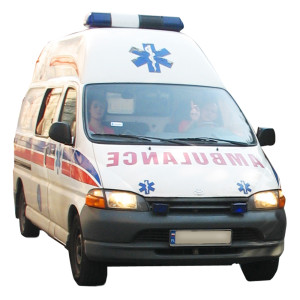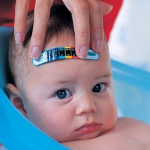3 Rules to Eating A Healthy Lunch On The Run
And welcome back rescue fans!
So you’ve taken the plunge into eating a vegetarian or vegan diet and maybe even have seen that you’ve got to limit your wheat intake. Now, you’re hungry, you’re at work and have no idea where to eat, what to eat or where to begin? Well stay tuned to this episode of RoyOnHealth because I have some ideas for you! Full transcript to follow under video window.
Continued Transcript To Follow:
So I finished my workout, and on my way to the ProTrainings offices, I knew I needed to grab some food for lunch. Now keep in mind, I’ve changed my diet and my exercise routine a lot over the last 10 years but nothing like I’ve done in the past 12 months. I could probably be pretty accurately described as a Vegan Hybrid. Well, as I was moving my way through the vegetable section and had my arms filled with my top 4-5 products I noticed another patron that seemed a bit lost. They would first look at the salads, then they would look at the fruit section, then they would go back to the whole vegetables only to end up back at the banana section of the fruit area. It was then that I thought, you know, I wonder how many healthy diets are failed because it’s just too confusing or difficult to do? Well, I’ve got a couple of ideas for you.
First, let’s set some ground rules that I use for my own diet. What kind of diet to I eat you ask? I’m a Veganvegetarian Hybrid
What’s a veganvegetarian hybrid you ask? Well, it’s it’s a made up name for when I will eat meat when set before me by friends and family but when on my own, is not consumed. I do from time to time have dairy products but for the most part, I prefer a vegan diet as it’s what makes me feel the best most of the time. The reason I eat this way is based on some pretty hard science that proves that animal protein is probably the leading reason we have inflammatory, cardio vascular and cancer problems. More on that later but that’s the reason I eat the way I eat.
Now, If you’ve ever tried to eat whole, plant based foods that are not made of animal products or anything that contains gluten, you know that it can be a bit of a challenge and so I thought I’d share some help.
Now, I’m going to let it rip starting right here! And this is in order to develop a healthy life style that is sustainable, manageable, and effective. If you don’t care about your health, stop watching already. But if you do, and you’ve had this frustration, keep watching.
Number 1 Rule: Don’t be in love with the taste of food as much as you love the results of a healthy lifestyle. This is a precursor to making my dietary hints work. If you’re picky, if you can’t eat anything that you don’t absolutely love…then, this is not for you. Or at least until you master your tastebuds.
Number 2. Diversify your foods enough to get a mix of nutrition but don’t worry so much…it’s only lunch! You can get crazy with the balance of your meals at home when you’re in your own kitchen and have a refrigerator.
Number 3. Think simple: We only need between 250-50 calories per meal and Liquid, Fiber, Fruit and/ or protein adds up fast. It’s not about feeling full, it’s about knowing that you’ve eaten what you need to be healthy.
For example,
Banana’s (105 cal per). Good potassium for post workout but high in sugar, almost 28 grams per. it also contains Dietary Fiber, Vitamin C, Manganese, and is a very good source of Vitamin B6.
I look at a Banana like a candy bar. Healthier but still loaded with sugar. But, if I’m running short on time, I can spread a little peanut butter on the banana and Vala! I have a smooth, tasty and nutritious protein bar on the go.
Celery sticks are becoming a staple for me. They’re loaded with water, are a good source of vitamin A and Magnesium as well as they are alkolotic and help digestion. Because they’re so full of water, they really help the peanut butter go down. Now, I like to spread peanut butter on them to round out the vegetable and protein combination which keeps me going through out the day but if you’re allergic to PB, you may be able to try humous. Very good too. It’s high in plant protein but doesn’t have any peanut allergy risk.
I fall back on Peanut Butter quite a bit but be careful. It’s calorie count adds up fast. almost 190 calories in just 2 tablespoons! That amount only has 3 gm of sugar but carries a whopping 7gm of protein.
Maybe you want something that tastes like wheat or grain but you have a Gluten sensitivity or cilia disease. More and more food producers are making GF products and here is a really delicious GF granola that i tried today. KIND healthy grains is GF but tastes very good. At 130 calories for a 1/3 cup it’s low on suer at 6g and at 3G of protein it’s not a bad source to replace the peanut butter. You’d have to have almost 2/3 of a cup to get as much protein as 2 tbspn of peanut butter but hey. We’re not freaking out about this.
Of course, there’s always a variety of nuts to eat. My favorites are Almond, ideally raw but I know, it can be hard sometimes. Walnuts, Pecans and seeds like sunflower, pumpkin and pine.
So, next time you’re hungry but don’t want to fall of the wagon, go to your local grocery store and look for these items. They’re nutritious, they’re animal protein free and they taste good too! Oh sure, your colleagues will look at you funny while they’re wolfing down they’re two for one wendy’s chilly or their big mac, but hey! It’s kind of fun being out of the ordinary isn’t it?
From RoyOn Health…
Here’s to your health!


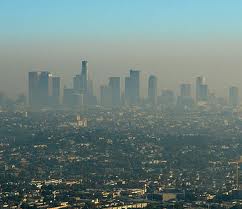
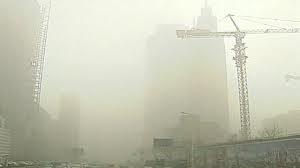

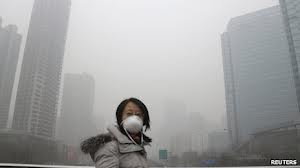
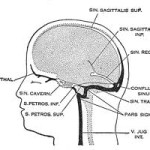 plained it but he was still a bit foggy regarding the diagnosis. Well, after looking into it from the clinical perspective, I realized that it was a pretty big deal and in some cases may be fatal. I researched multiple sources to gather credible information and when it all came down to brass tacks, I found that the Wikipedia explanation had done a pretty dog-gone good job of summarizing
plained it but he was still a bit foggy regarding the diagnosis. Well, after looking into it from the clinical perspective, I realized that it was a pretty big deal and in some cases may be fatal. I researched multiple sources to gather credible information and when it all came down to brass tacks, I found that the Wikipedia explanation had done a pretty dog-gone good job of summarizing 